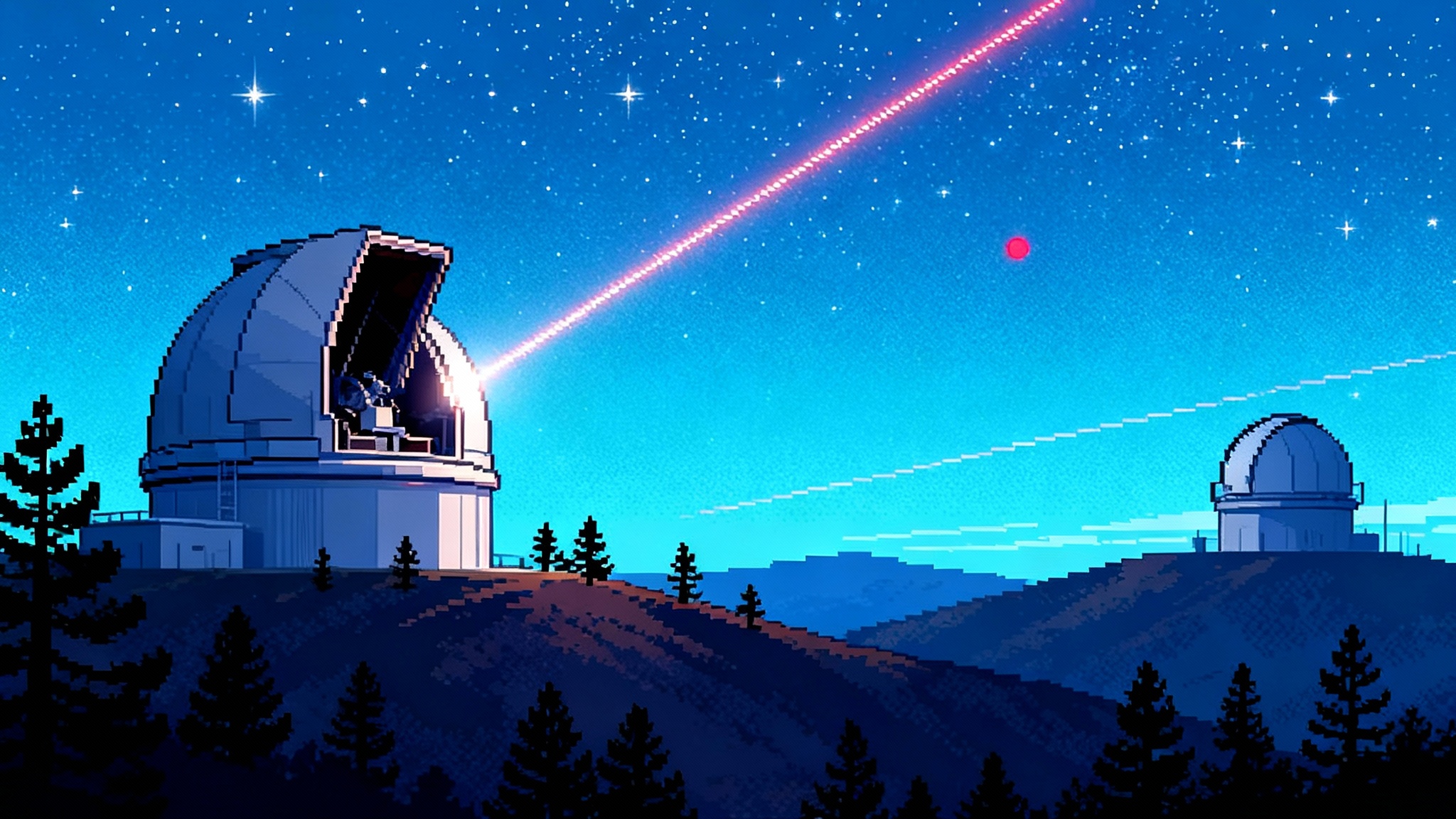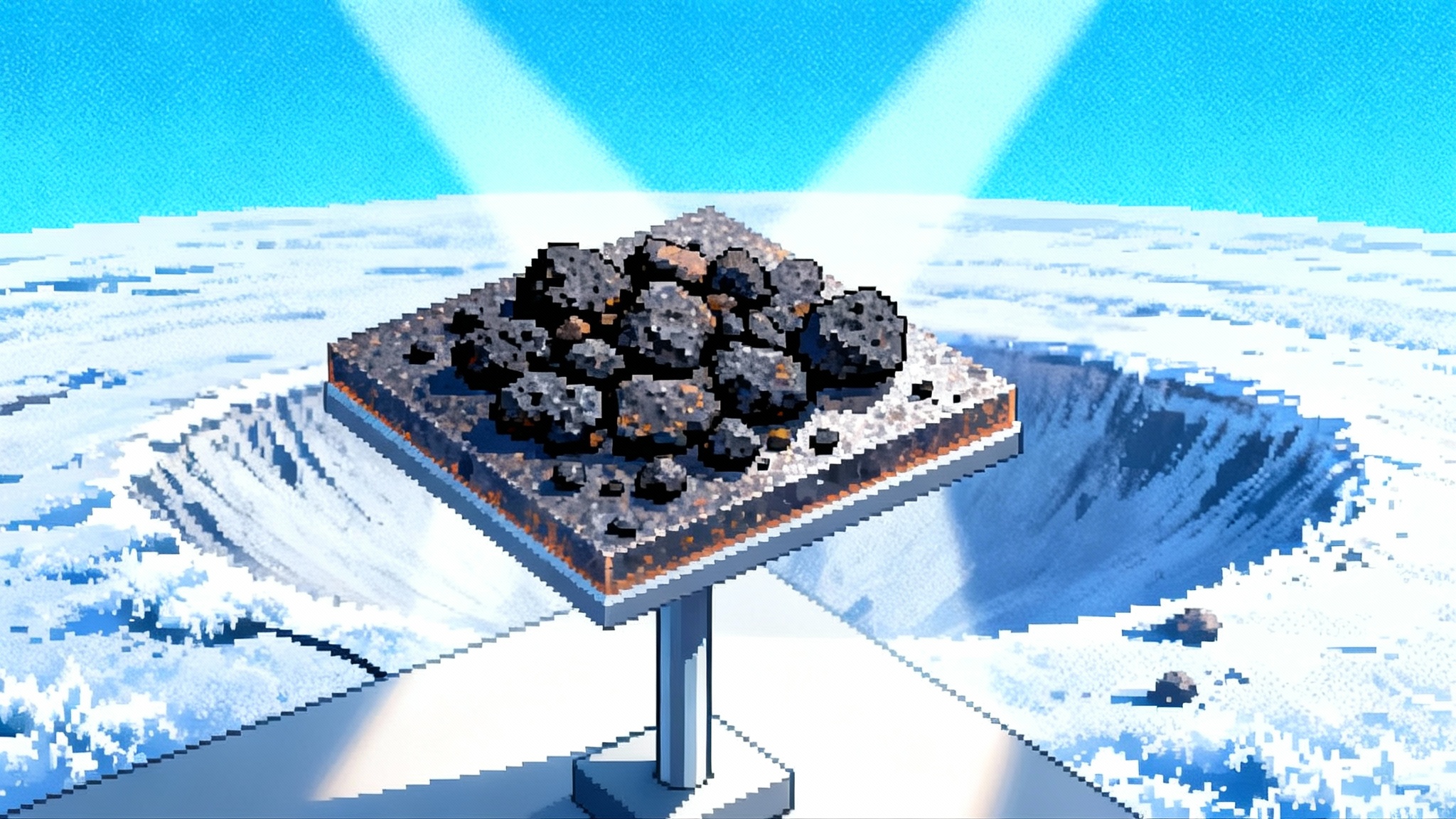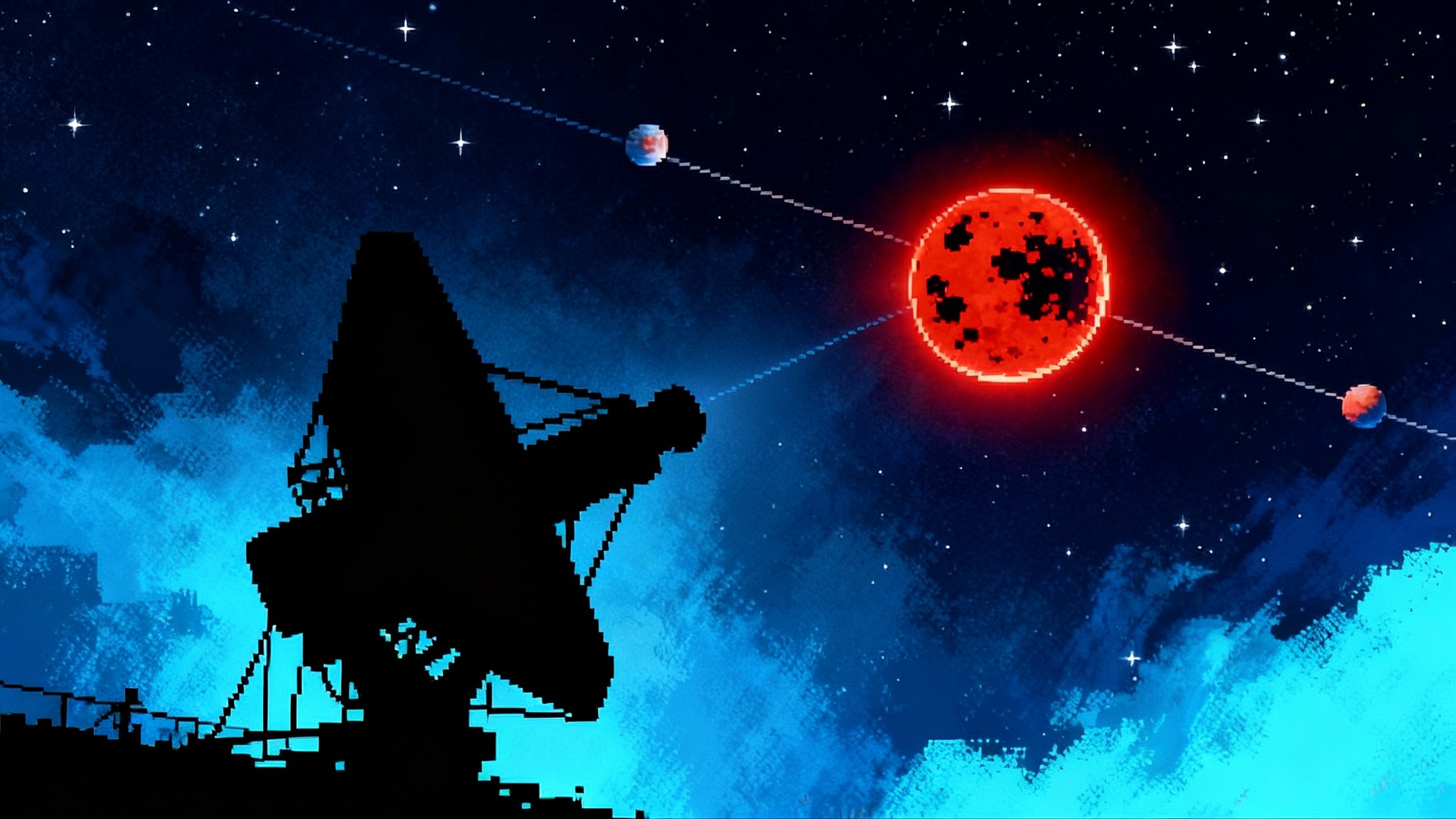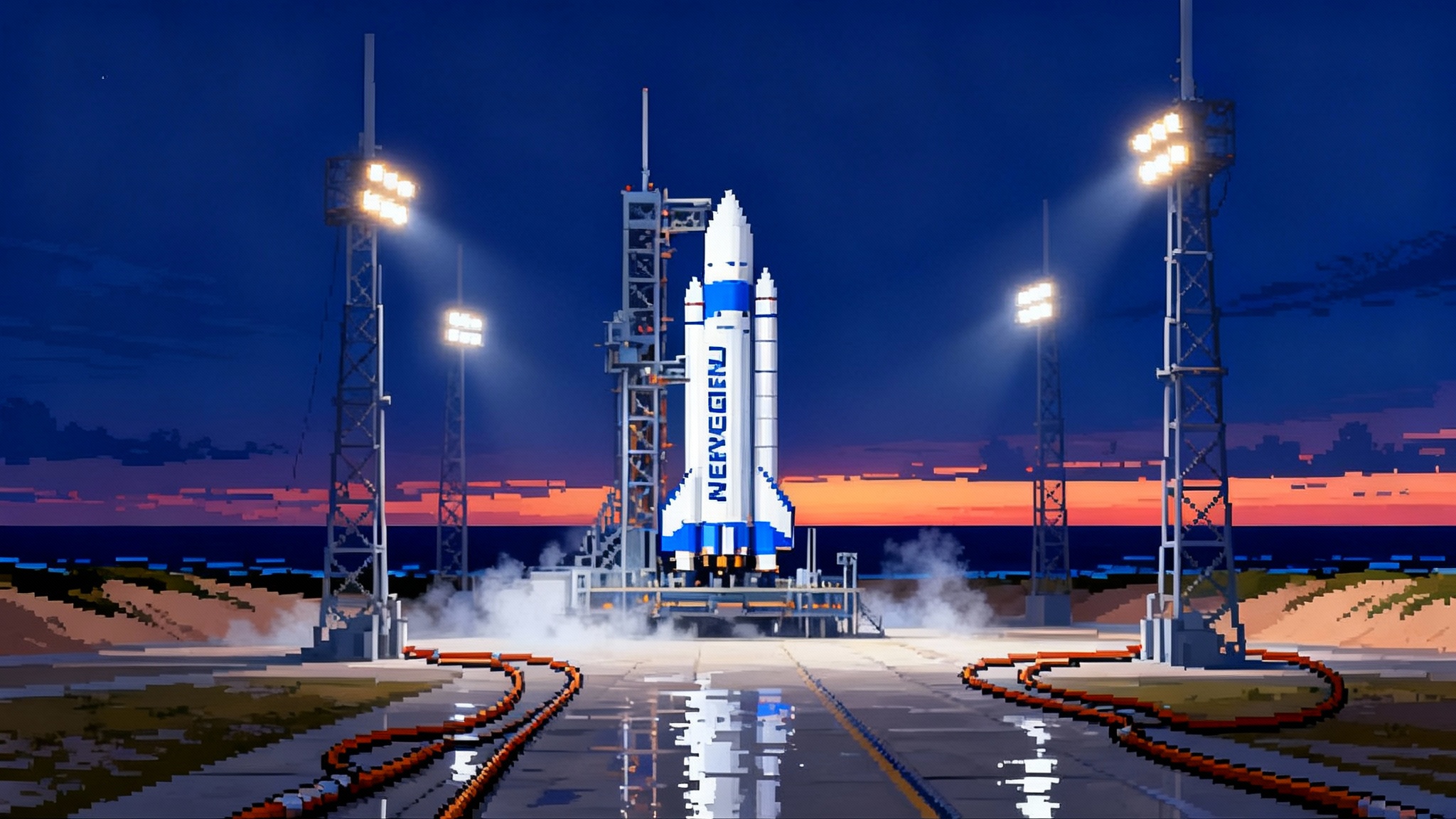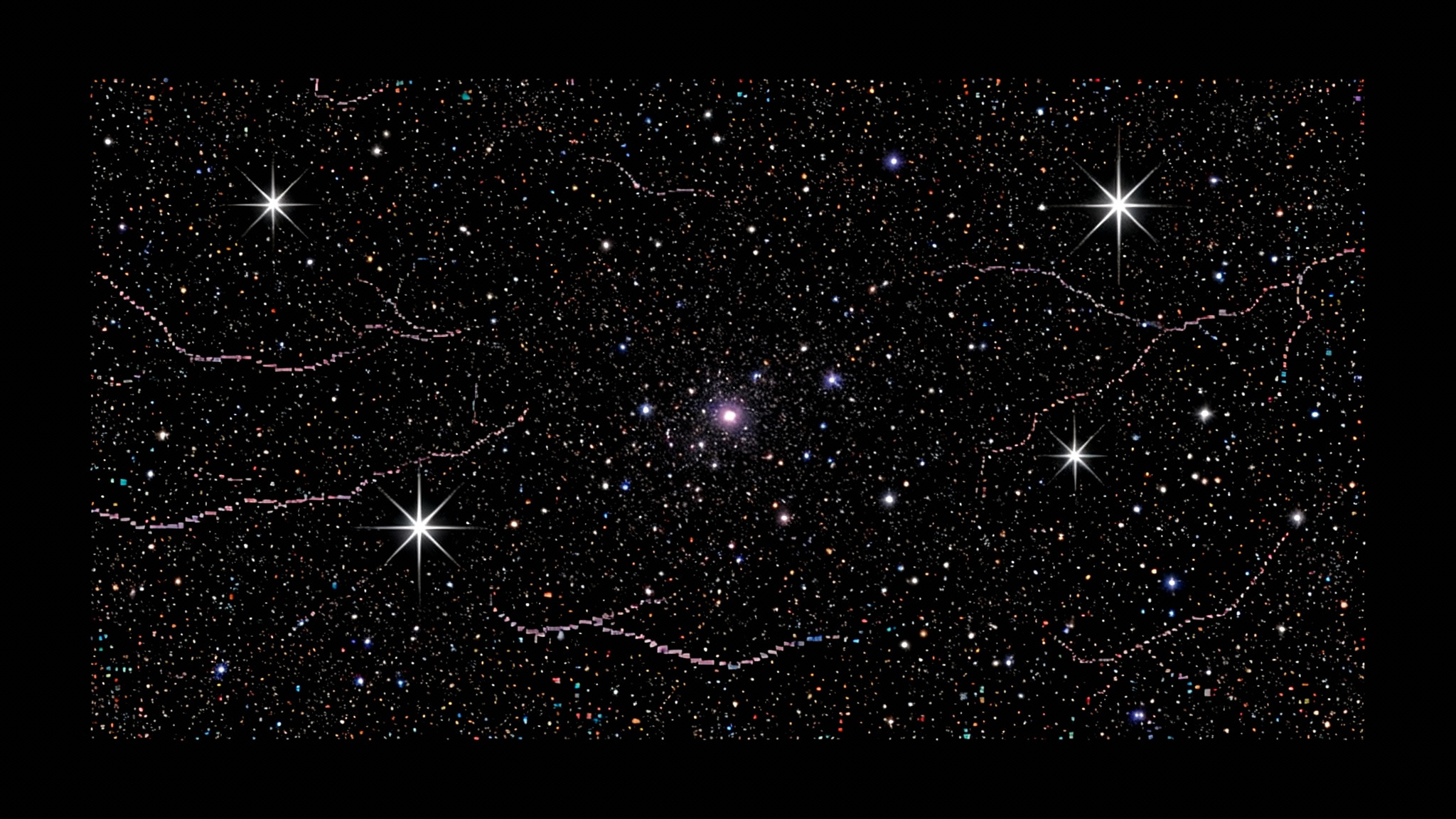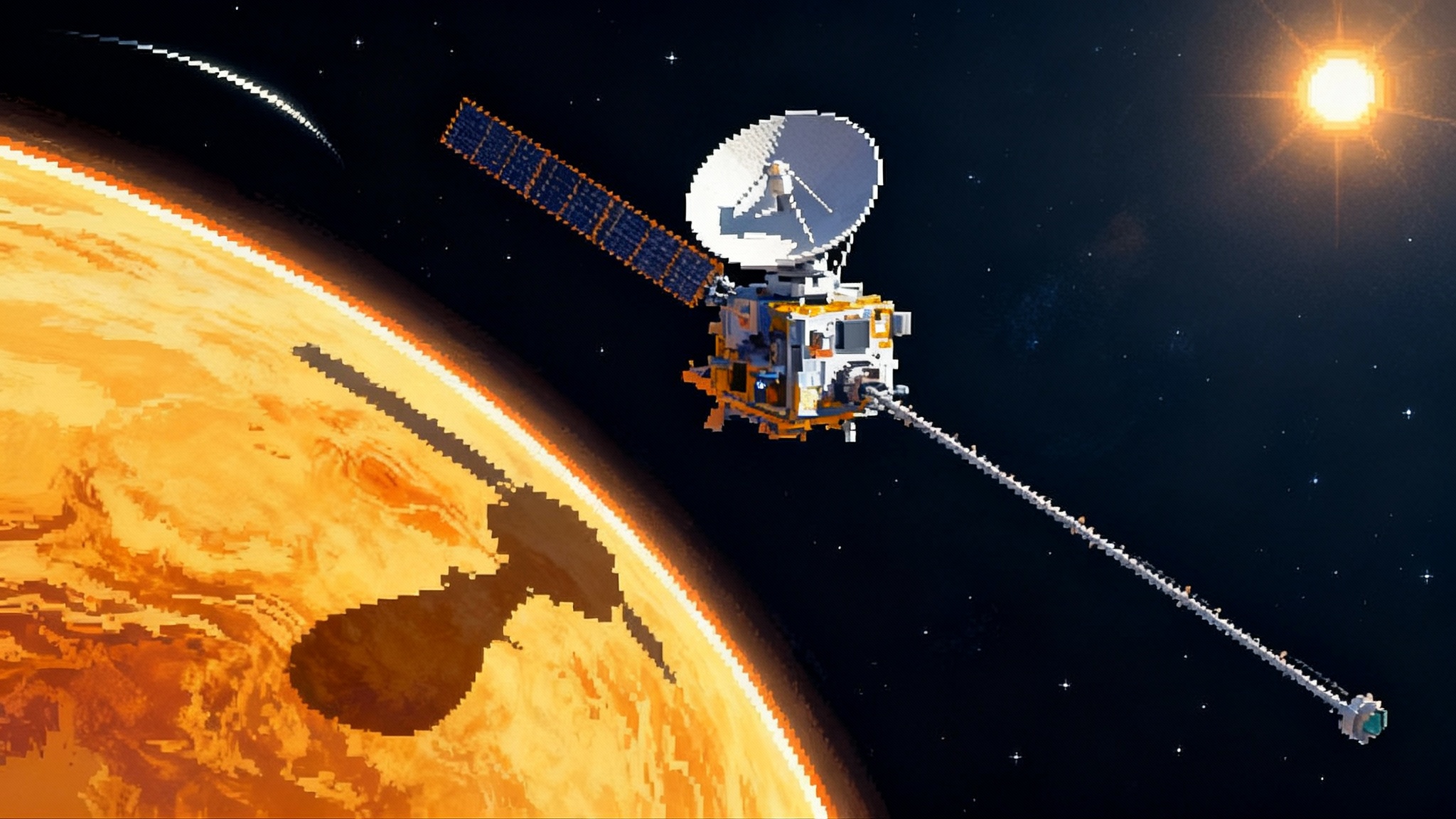VIPER returns: Blue Origin’s Blue Moon MK1 will ferry rover
NASA has brought back its ice‑hunting VIPER rover and tapped Blue Origin’s Blue Moon MK1 for a south pole attempt by 2027. Here is how the CLPS structure shifts risk to industry, what will change on the ground, and why this matters for Artemis planning.

The rover that would not die
In July 2024, NASA canceled VIPER, the agency’s long‑planned rover built to map water ice at the Moon’s south pole. Fourteen months later the story flipped. NASA selected Blue Origin’s Blue Moon MK1 cargo lander to deliver VIPER under a Commercial Lunar Payload Services task order with an optioned landing that follows an initial lander demo. The target is a late 2027 touchdown near Mons Mouton, a high‑value region with small permanently shadowed pockets. This structure pushes more technical and financial load to industry while keeping the science alive. See NASA’s selection and plan for the program outline.
Why NASA reversed the 2024 cancellation
The termination was not about VIPER’s science. Polar ice is the keystone for sustained lunar presence. VIPER promised the first high‑fidelity ground truth of where that ice sits, how much exists, and how accessible it might be.
Two shifts enabled the reversal:
- Artemis planning matured. Crewed missions need maps that separate surface frost from deeper ice. VIPER’s instruments can make that distinction.
- CLPS gained teeth. NASA can buy a service at a fixed price, focus its dollars on operations and science, and require the vendor to prove the lander before committing VIPER.
A CLPS deal that shifts risk and cost to industry
The award has a base study phase to tailor payload accommodations and demonstrate off‑loading, followed by an option for delivery and deployment on the surface. NASA will exercise that option only after Blue Origin completes the first MK1 flight and performance is reviewed. The vendor owns the integrated landing architecture from trajectory to deployment. NASA keeps rover operations and science. This is CLPS in its pure form: fixed‑price services with development risk on the provider.
Meet Blue Moon MK1 and the plan to get VIPER onto the regolith
Blue Moon MK1 is a robotic cargo lander sized for large payloads at any latitude, including the south pole. MK1 will launch on New Glenn, a vehicle building toward a regular cadence highlighted by New Glenn’s second flight. For VIPER, MK1 must do two things well:
- Land precisely near the start of the rover’s traverse corridor.
- Deploy VIPER cleanly via a validated ramp geometry, controlling dust and avoiding instrument contamination.
NASA’s task order calls for Blue Origin to validate deployment during the base phase. The provider is accountable end to end, turning deployment from a heritage afterthought into a core product feature.
Once on the surface, VIPER will begin a weeks‑long traverse that prioritizes short forays into darkness, rapid retreats to sun, and reliable line‑of‑sight communication. Direct‑to‑Earth operations shape where and when the rover can move and where MK1 must place it.
How VIPER will work the shadows
VIPER’s job is to find ice, determine its form, and measure how accessible it is for future crews. The rover brings a drill and three spectrometers tuned to different clues in the regolith:
- Neutron Spectrometer System (NSS) sniffs hydrogen to about a meter depth while driving.
- TRIDENT drill reaches roughly one meter, delivering cuttings to the surface.
- NIRVSS reads grain spectra to distinguish water from hydroxyl and map minerals and other ices.
- MSolo measures gases that evolve from cuttings, helping separate true lunar volatiles from any lander‑introduced signature.
The south pole environment is unforgiving. The Sun sits low, shadows move at rover walking speed, and temperatures can plunge. VIPER is designed with headlights, hazard cameras, and route planning that limits slope exposure. It cannot remain in darkness for more than a few dozen hours, so it will dip into small permanently shadowed regions for minutes to hours, then climb back to sunlit patches to warm and recharge.
Lunar libration complicates communications. For about two weeks each month the Earth dips low or out of view from the south pole. The team has mapped high‑spot safe havens to maintain grazing sunlight and a link. The planned mission length of about 100 days enables sampling across multiple micro‑environments.
Lessons from early CLPS landings
CLPS is a learning program. Astrobotic’s first Peregrine mission launched in January 2024, suffered a propulsion anomaly, and safely reentered after returning useful telemetry. Intuitive Machines’ IM‑1 touched down on February 22, 2024 in the south polar region, operating for about a week and revealing practical realities of precision landing, terrain interaction, and low‑Sun surface ops. For an official recap, see NASA’s account of the first successful CLPS landing. These lessons now echo through every new task order, including VIPER’s.
What a 2027 south pole touchdown would change
If VIPER reaches the surface in 2027 and delivers a full data set, Artemis planning gets a stronger foundation:
- Site selection improves. Base camp designs need near‑continuous power, direct comms, and access to resources. VIPER can show whether a ridge with good sunlight also sits near drillable ice. Related context from our reporting on new Moon playbook findings is directly relevant.
- ISRU decisions get sharper. Engineers will have profiles of temperature, hydrogen content, and drill cuttings at multiple stops. That enables real trade studies for pilot plants and excavation plans.
- Commercial investment accelerates. A repeatable cargo delivery to the south pole is a business on its own. Add data that lowers risk for power, comms, and resource services, and the value chain thickens. Communications learnings also build on deep‑space advances such as laser comms progress to Mars.
Five markers to watch between now and 2027
- MK1 pathfinder flight. Engine performance, guidance, thermal control, communications, and precision landing will set the tone for the VIPER option decision.
- Deployment testing. Watch for hardware demos of ramps, dust mitigation, and tie‑down release. The choreography from touchdown to rover roll‑off is a mission within the mission.
- VIPER readiness. After storage, teams must re‑verify systems, refresh batteries and seals, and reconfirm drill performance.
- Lighting and traverse updates. New orbital data and refined lighting models may tweak the landing ellipse and traverse to optimize power, comms, and science.
- CLPS cadence. Each successful commercial landing before VIPER reduces risk. Focus on how vendors document lessons and harden designs.
The bottom line
NASA brought VIPER back because the logic is compelling. Artemis needs ground truth about polar ice. CLPS enables a service buy with an option that bounds government risk. Blue Origin gets a marquee payload and a clear success criterion. The science community gets the tool it asked for. If Blue Moon MK1 touches down in late 2027 and VIPER rolls into a small pocket of eternal night with its headlights on, the result will be larger than one traverse. It will reshape how we plan crewed stays, how we price surface services, and how we use lunar resources to push farther into deep space. For the mission framework, see NASA’s selection and plan.
